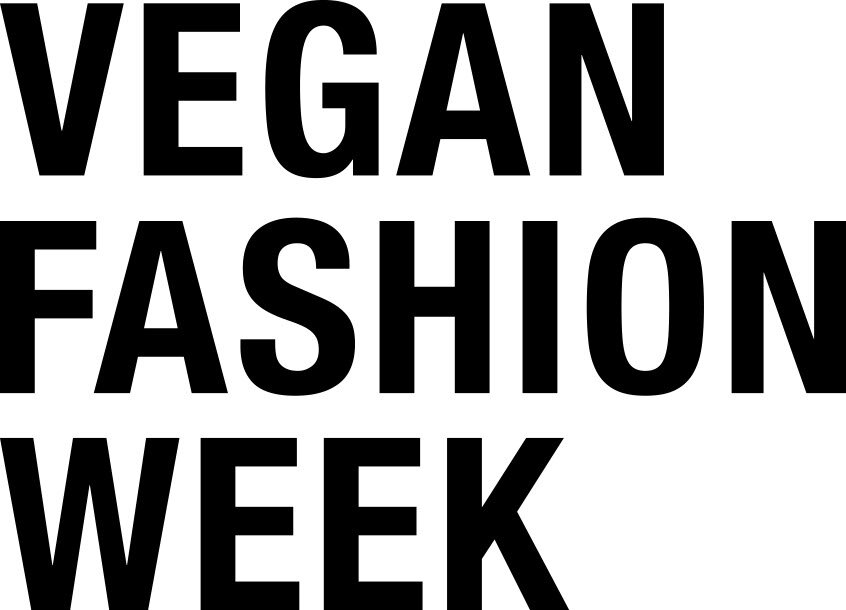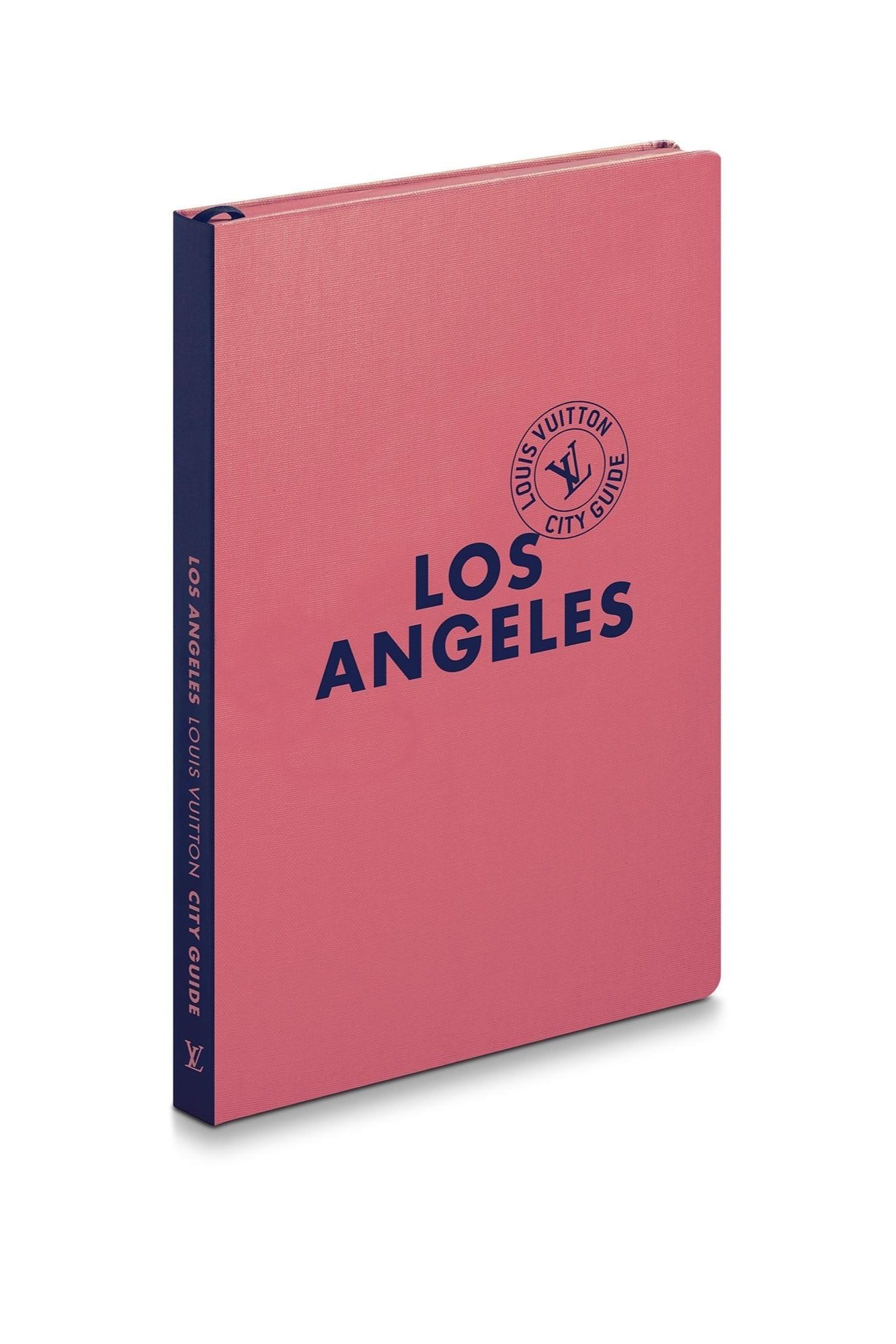What is Vegan Fashion?
All you need to know about vegan fashion.
Vegan Fashion
In 2019, researchers at Oxford University published a paper concluding that switching to a plant-based diet can positively impact our health and the environment. This is excellent news for those of us who care about the wellbeing of people, animals, and the planet. But did you know veganism isn’t just about food? People who follow a vegan lifestyle also choose not to wear animals, either. And some people may choose to support cruelty-free fashion even if they aren’t vegan in their day-to-day life. So, let’s take a look together to answer the question: what is vegan fashion?
Vegan fashion is cruelty-free clothing and accessories made without animal-derived materials. Some animal-based materials used in fashion and made from the skin of animals, like fur and leather, are pretty obvious, but other materials might be a little harder to spot. Here’s a short list of what to avoid: leather, fur, exotic skins, silk, feathers (down), wool, cashmere, shearling, angora, suede, pashmina, and mohair.
Given our growing environmental and ethical concerns, it’s no wonder that vegan fashion is becoming increasingly popular. The fashion industry might not be the first that comes to mind as a superuser of fossil fuels. But modern textiles rely heavily on petrochemical products that come from many of the same oil and gas companies driving greenhouse gas emissions. Today, in fact, Fashion accounts for up to 10% of global carbon dioxide output—more than international flights and shipping combined, according to the United Nations Environment Program.
In addition, Animal agriculture is notoriously polluting and damaging, responsible for 18% of worldwide emissions. As the world is phasing out of the meat industry, new material innovation is key for a sustainable future. We know that leather, fur, exotic skins, and other animal-derived material contribute to a multifaceted environmental crisis, so we must make responsible choices by changing our production and consumption habits.
Vegan fashion is a strong ethical and sustainable fashion movement. Last April, Lyst reported that searches for ‘vegan leather’ had increased 69 per cent year-on-year, while retail intelligence platform Edited suggested the pandemic could be behind an increased drive towards vegan items. (According to the World Health Organization (WHO), 60 per cent of all human pathogens and 75 per cent of new or emerging infectious diseases originate from animals.)
In the fashion sphere, the vegan trend isn’t new—technically, our basic organic cotton t-shirt or ubiquitous jeans, for example, are vegan in that they contain no animal substances. However, brands’ use of terminology such as “vegan” and “cruelty-free” has been gaining prominence over the years. This uptick is partly thanks to conscious consumers keen on extending their vegan principles to all areas of their life, beyond the plant-based food and animal-free cosmetics they may already purchase.
But even if you don’t call yourself vegan in everyday life, you may still be tempted by vegan or cruelty-free fashion. Why? Because the interesting thing about it is that it seems to win hands down over conventional fashion in terms of several human, environmental, and of course, animal welfare impacts.




